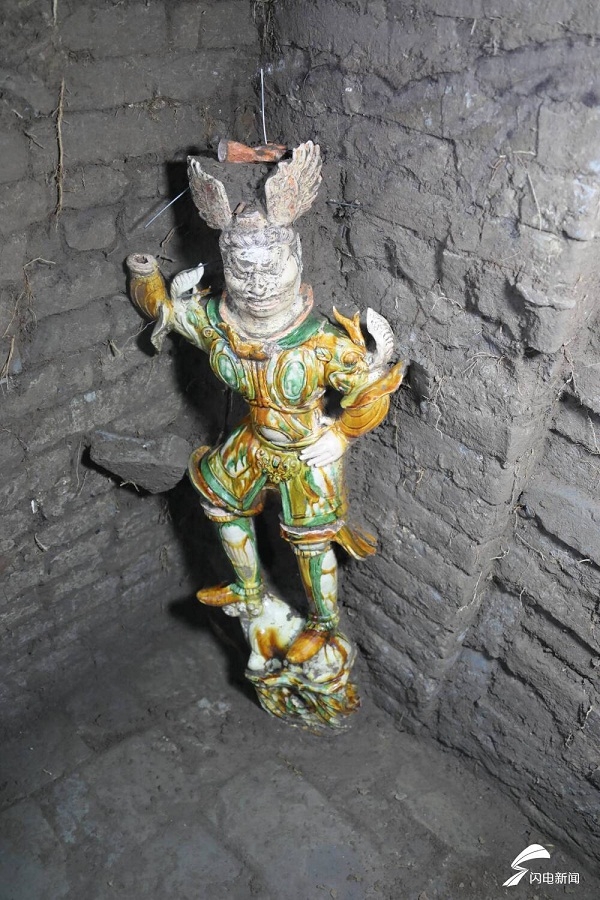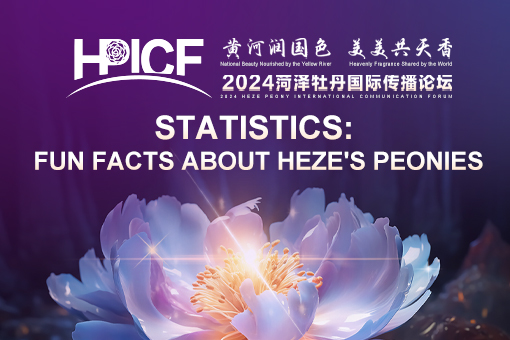Largest number of Tang Sancai unearthed in Jinan
(chinadaily.com.cn)| Updated : 2023-02-27
Print PrintA large number of glazed pottery pieces, or Sancai - a Chinese porcelain characterized by a glaze with three intermingled colors - were unearthed at the M49 zone from the Tang-era tomb of Zhu Man located at the Fanjia site in Jinan's Licheng district, Shandong province. Porcelain and epitaphs are vital discoveries in this archaeological excavation.
From July 2021 to June 2022, the Archaeology Institute of Jinan conducted archaeological excavations on the Fanjia site. A total of 241 tombs, 101 ash pits, two ash ditches, two wells and one stove from the dynasties of Zhou (1046-256 BC), Han (206 BC-AD 220), Tang (618-907), Song (960-1279), Yuan (1271-1368), Ming (1368-1644) and Qing (1644-1911) were discovered containing 565 artifacts including bronze mirrors, copper coins, spinning wheels, porcelain bowls and lacquer ware.
M49 is located in the south of the excavation area, inside T218547. The tomb is built in the shape of a knife handle with a total length of 10.28 meters. It consists of a trapezoidal slope-style passage, a brick false passageway and a square brick chamber. The tomb passage is 6.55 meters long, 1-1.9 meters wide and 2.3 meters deep.
According to the records and archaeological discoveries, Zhu belonged to a noble family in the Northern Dynasty (420-581). His offspring moved to Qingzhou where they served as county governors for generations.
The discovery of Zhu's tomb is of great significance for the study of population migration in northern Shandong during the Northern and the Tang dynasties.
This archaeological discovery confirms that the Fanjia site was important to Longshan culture, a civilization inhabiting the middle and lower reaches of the Yellow River, from the late Neolithic period to the Qing Dynasty. It also proves that the Chengzi site, about five kilometers to the south, is the Quanjie county recorded in Geographical Records of the Taiping Reign.

A tri-colored glazed pottery, or Sancai - a Chinese porcelain characterized by a glaze with three intermingled colors - is unearthed at the M49 zone from the Tang-era tomb of Zhu Man located in the Fanjia site of Jinan's Licheng district. [Photo/SDXW]

 Statistics: Fun facts about Heze's peonies
Statistics: Fun facts about Heze's peonies  Cultural hub of Jining revitalizes traditional culture
Cultural hub of Jining revitalizes traditional culture  Peonies bloom in Heze
Peonies bloom in Heze